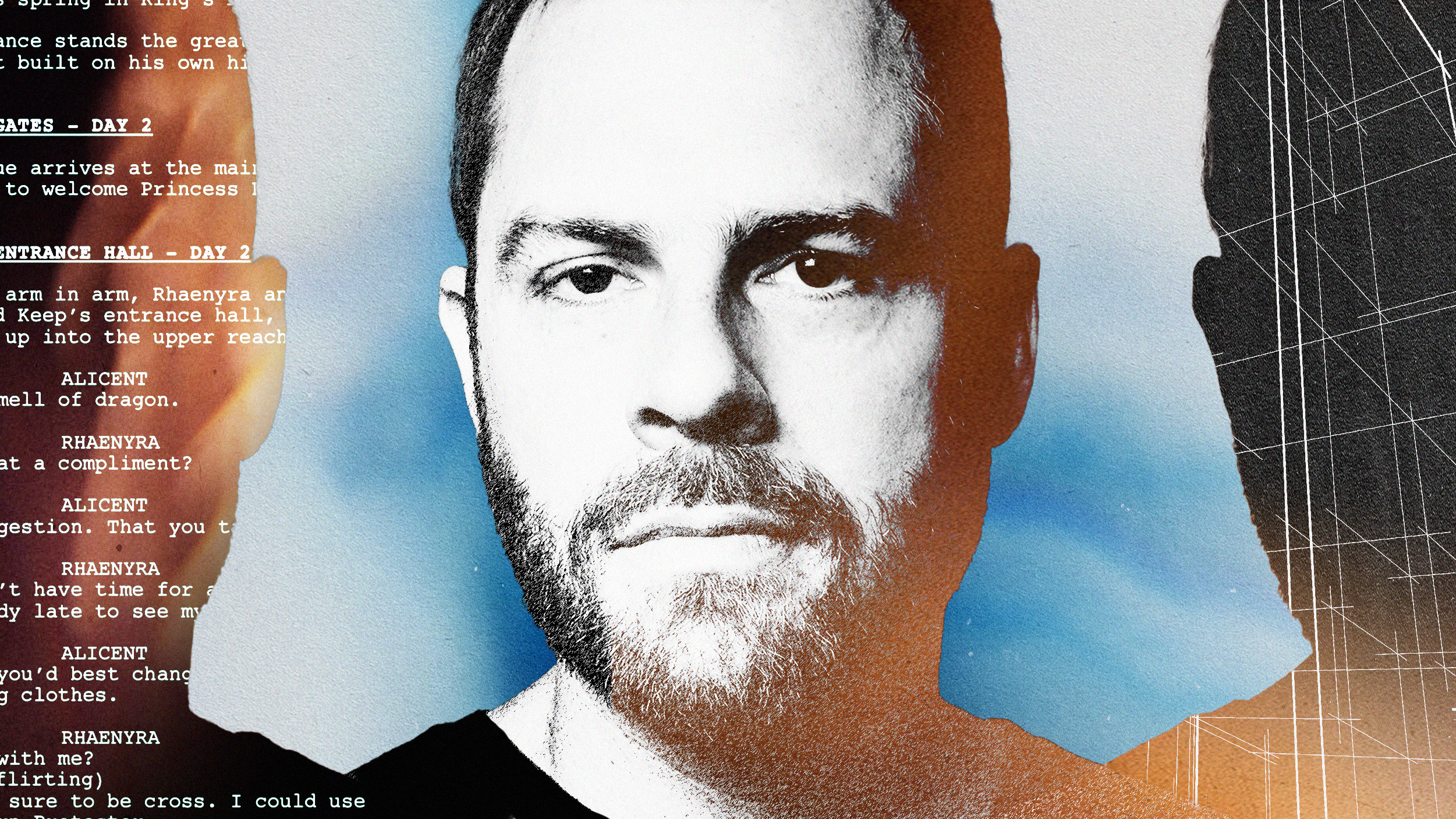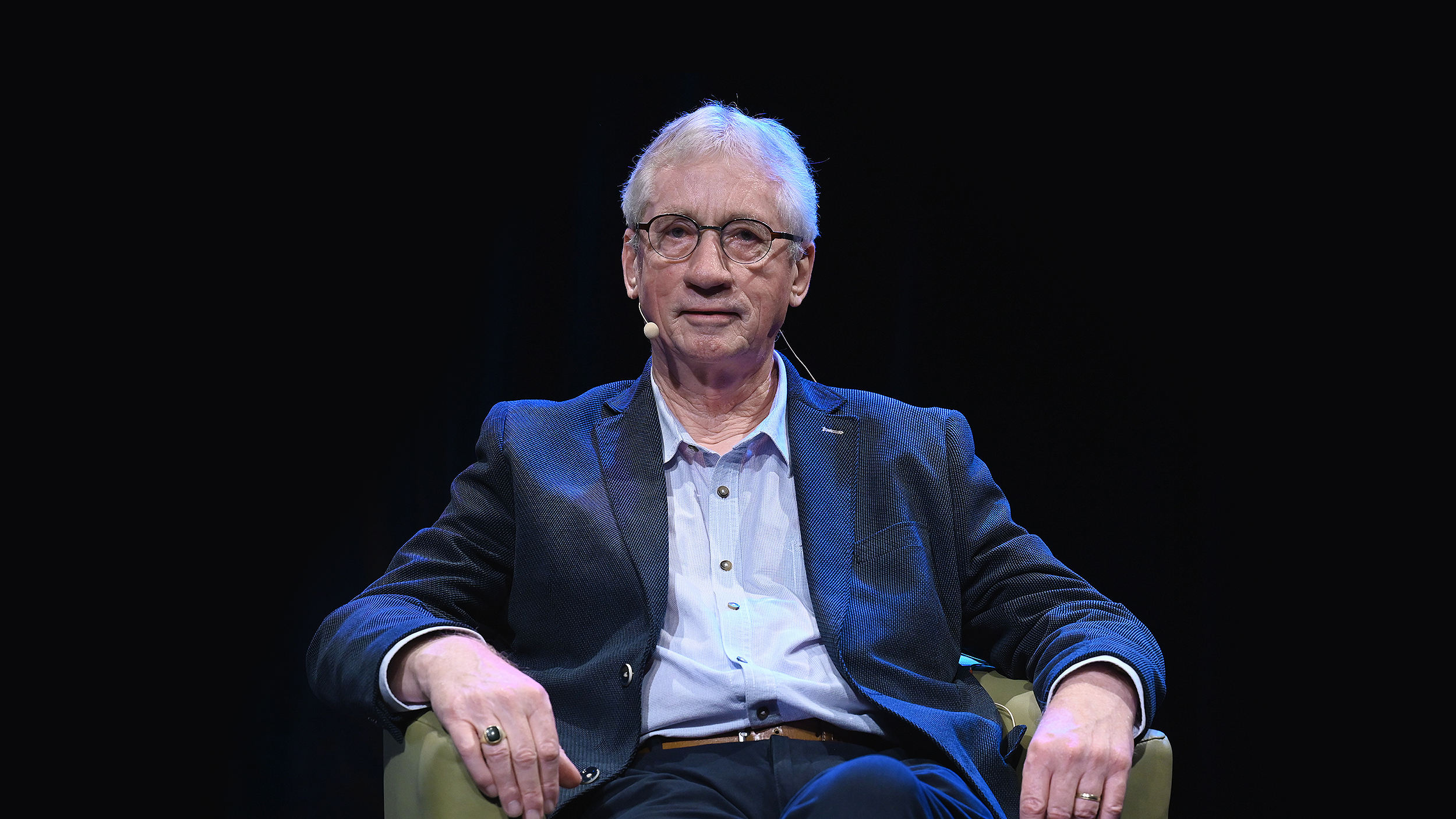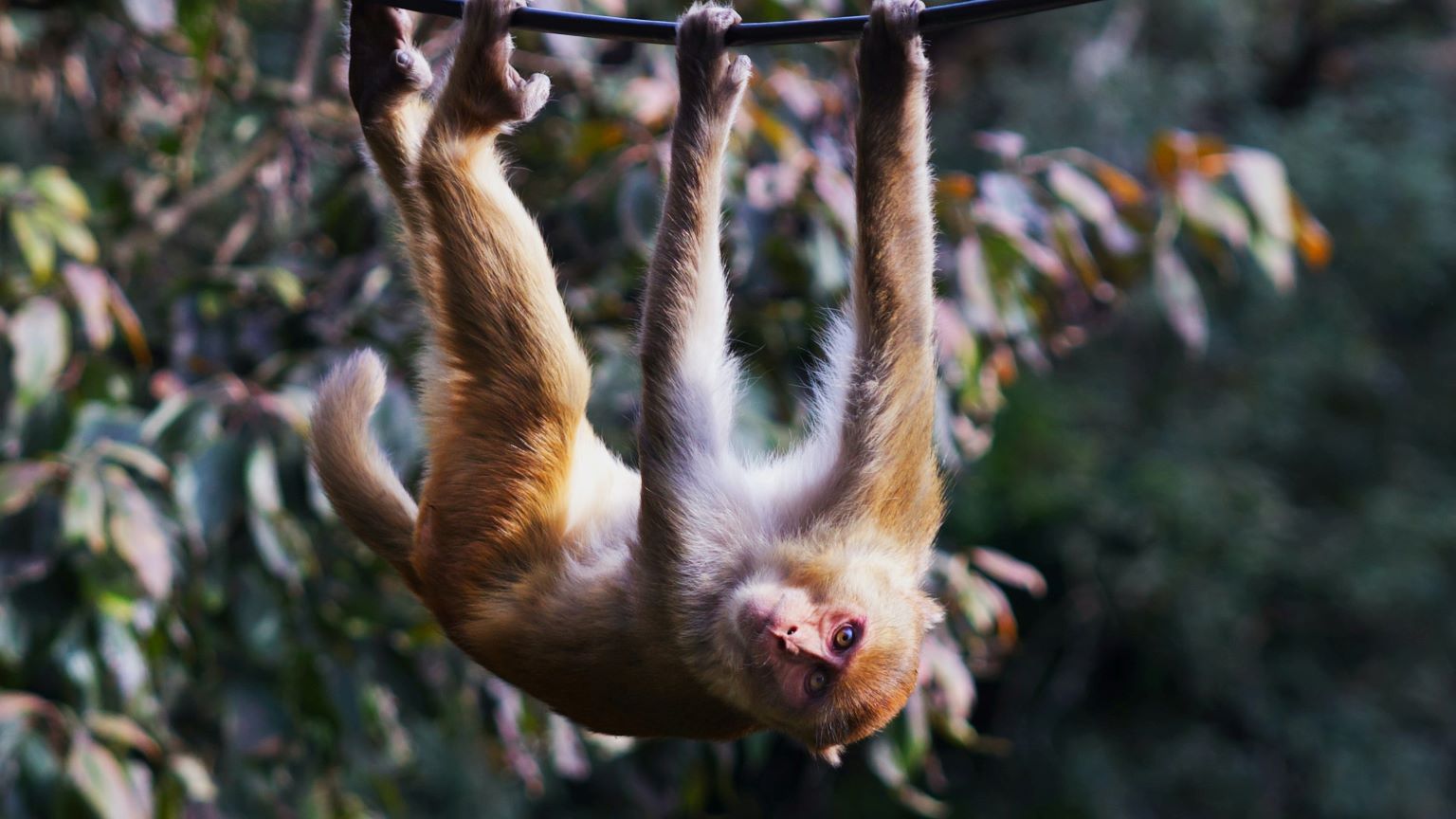As a boy, I had two unforgettable experiences at zoos, both involving gorillas.
One was during a second-grade field trip. Many of us had stopped in front of the gorilla exhibit, with nothing but a chain link fence between us and the great ape. We were admiring the big guy when he decided to pee all over us. We all ran, the girls screaming, the boys laughing. Who knew that gorillas could pee so much . . . or so far?
Another encounter was several years later, at a different zoo. It wasn’t a busy day, and for about 15 minutes, it was just me and a lone silverback, about 25 feet away, separated by glass. I couldn’t stop looking at him, marveling at his size, his strength, and how intelligent he looked. But what made it extra uncanny was that he held his gaze on me—certainly thinking the same things about me, right?
I sensed some sort of connection, but then I thought that was silly. So I tried something: I nodded at him. Incredibly, he nodded back. I tried it again; he nodded again.
Were we communicating? Understanding each other? Or was it mere mimicry? And was I simply guilty of hopeful anthropomorphizing?
Who knows? But ever since, I’ve been fascinated by apes and monkeys, and how they seem to be more like us humans than they are different.
So I was particularly excited when ORBITER spent a day recently with a primate expert to learn more about what we have in common with these amazing creatures—and to learn what we can learn from them regarding issues like fairness, morality, risk taking, and decision making.
We connected with Dr. Sarah Brosnan, Professor of Psychology, Philosophy & Neuroscience at Georgia State University in Atlanta. Brosnan, who does research with nonhuman primates at the Language Research Center at Georgia State, has been featured on various media outlets, including National Geographic, Scientific American, Discover, Newsweek, USA Today, NPR, and CNN.
Brosnan has also written for ORBITER’s Uniquely Human series, with an essay titled, Are We All That Different from Primates?
These days, Brosnan and her research team—including grad students Mackenzie Smith and Olivia Tomeo—work primarily with capuchin monkeys. ORBITER—including video director Dale Goldberg—spent a day with Brosnan’s team, listening and learning. Check out the three videos below to see what we discovered.
What Can Monkeys Teach Us About Ourselves?
with Dr. Sarah Brosnan
Monkeys Have Emotions Too
with Mackenzie Smith
Are Monkeys Willing to Take Risks?
with Olivia Tomeo
ORBITER thanks Dr. Brosnan, her team, and Georgia State University for their generous time, hospitality, and patience as we reported this story.
The post What Can Monkeys Teach Us About Ourselves? appeared first on ORBITER.





